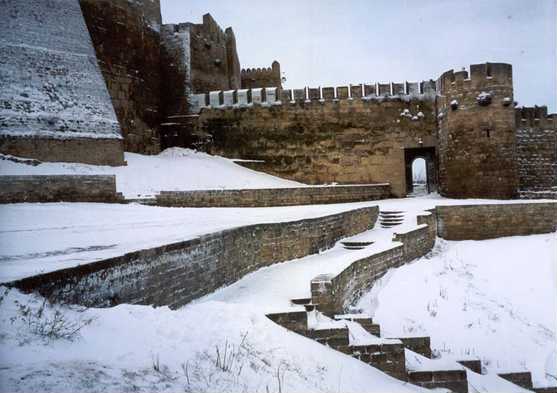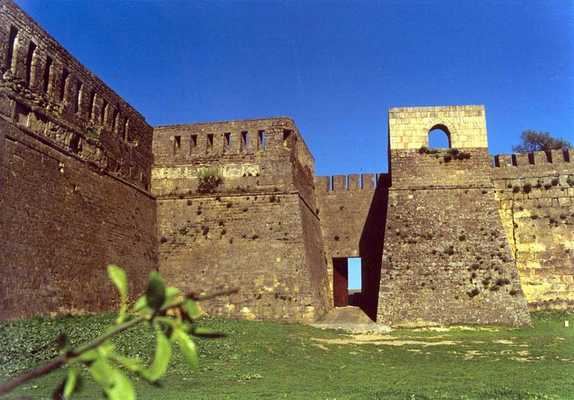Stanford University shall be screening, on October 3, 2024, Pejman Akbarzadeh’s documentary film on the Sassanian fortress Darband in Daghestan, which is the largest known (pre-Islamic) Iranian defensive structure in Caucasus.For more on Sassanian military architecture see:
For more on the topic of Parthian and Sassanian architecture kindly consult:
- Farrokh, K., Karamian, Gh. & Karamian, H. (2021). Military Architecture and the Four-Spāhbed System for Defense of the Sassanian Empire (224-651 CE). HISTORIA I ŚWIAT: ACTA MILITARIA IRANICA, 10, pp.117-151. (download in pdf).
- Farrokh, K. (2024). A Survey of Parthian Military Architecture. Oblicza Wojny [Faces of War], Tom 10, Naredzia Wojny [Tools of War], pp.45-75. (download in pdf).
For more on Pejman Akbarzadeh’s documentary project, see the official website of Derbent Documentary here …
Video entitled “DARBAND: Russia vs. Persia | “دربند و درگیریهای ایران و روسیه” (Source: Persian Dutch network in YouTube).
Despite being registered as a UNESCO World Heritage Site, Darband remains (excepting among specialized scholars) remarkably unknown internationally, even among contemporary Iranians.

A view of a section of Darband in winter season (Source: Public Domain).
The Persian Heritage Foundation, founded in the 1980s by the late Ehsan Yarshater (1920-2018; one of the primary editors of the Encyclopedia Iranica) has also supported the project.
Video entitled “Derbent: What Persia Left Behind” (Source: Persian Dutch network in YouTube). Note that the ancient city of Darband (Derbent), along with its buildings, citadel and fortress were part of the northern marches of the Sassanian Persian Empire, which spanned to the east and west of the Caspian Sea. Following the Imperial Russian wars of conquest against Qajar-ruled Iran, the Treaty of Gulistan (1813) forced Iran to yield much of her territories in the Caucasus, including Darband, to Czarist Russia.
Pejman travelled to Daghestan in October 2019 in order to film the fortress and to interview Murtazali Gadjiev (The Institute of History, Archeology and Ethnography of the Daghestan Scientific Centre of Russian Academy of Sciences).

A view of a section of Darband in the summertime (Source: Public Domain).
Pejman’s previous project, was the successful documentary on the Sassanian archway of Taghe Kasra (Taq Kasra) and its critical situation in Iraq. The film has been screened at various museums, universities and international conventions around the world. This documentary film has been cited as an “impressive film” by the BBC.



